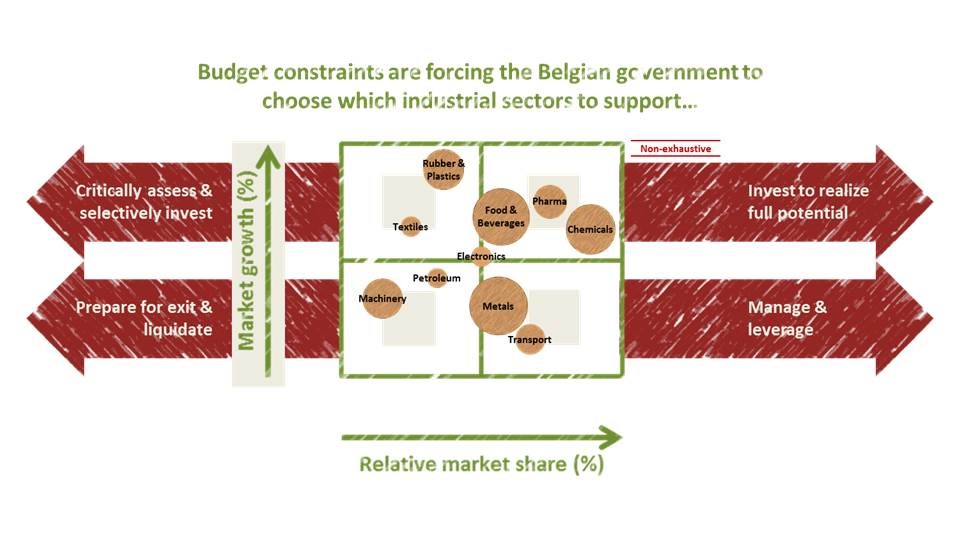Strategy frameworks are often thought of as theoretical concepts used for post-hoc case studies and business reviews. However, when understood and properly utilized, they prove to be much more than that. In fact, they are practical tools that help you structure and solve business problems in a manner understandable to all stakeholders.
Over time, many such frameworks have been created by consultants and academia. Some well-known examples include the BCG Matrix, the Ansoff Matrix, Porter’s Five Forces Model, and the commonly used SWOT Analysis. Even though these frameworks have been designed for different purposes, they all share three key strengths that contribute to their intrinsic value:
Strategy Frameworks are simple
Simplicity is the foremost strength of a framework. This means they are (1) easy to use, (2) understandable, and (3) unambiguous. Taking the BCG Matrix as an example, this is evidenced by the fact that (1) everyone can plot data on a bubble chart, (2) everyone can easily grasp what the chart conveys, and (3) everyone will interpret the chart in the same way.
Not convinced? Have a look at the example below:

Strategy Frameworks are versatile
Although not often viewed this way, strategy frameworks are essentially visualizations of logical, multi-dimensional thought processes. As such, they are structured “data carriers.” You can easily tweak any existing framework for various purposes by simply changing the axes or column headers to dimensions relevant to your specific business challenge.
To illustrate this, let’s use the BCG Matrix again as an example. Typically, this framework supports business portfolio decisions by plotting the relative market share of each product or division against its market growth rate. However, by changing the axes of this two-dimensional chart, we can also use it for purposes such as project prioritization and risk management, as shown below:

Strategy Frameworks are complementary
Last but not least, strategy frameworks are highly complementary. This is a crucial characteristic since most business challenges involve complexities that extend beyond two-dimensional thinking (as in the case of the BCG Matrix). By combining insights from one framework with those from others, you gain a deeper and more comprehensive understanding, enabling you to develop the right strategy or solution for your business challenge.
This is illustrated below:

